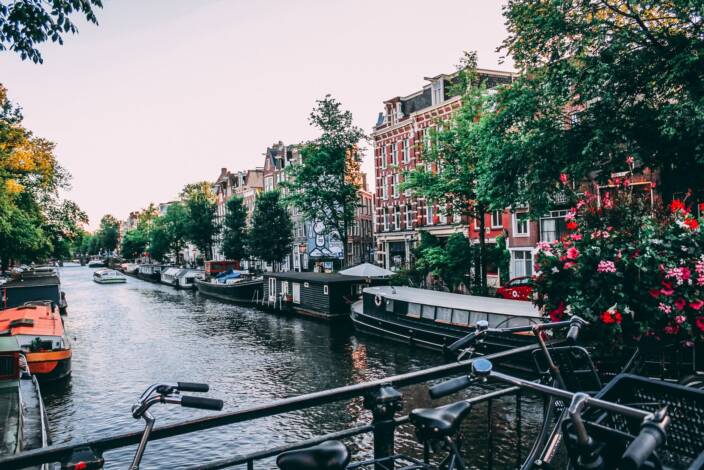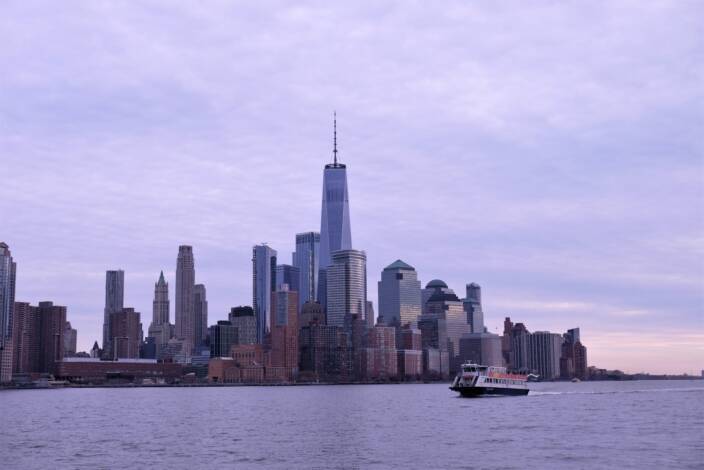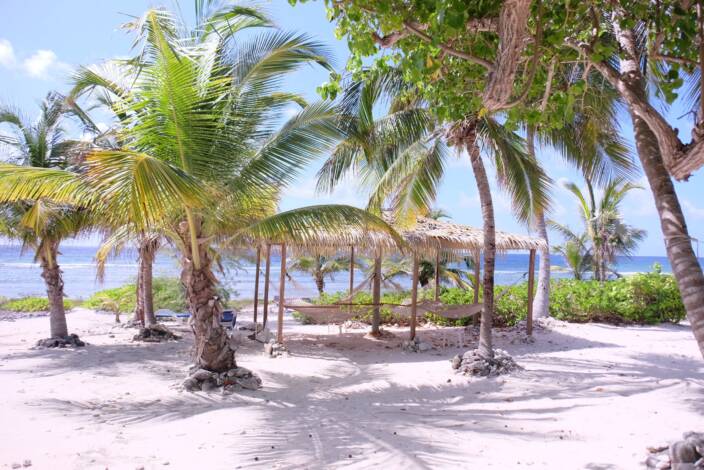
Overtourism and Heritage Degradation: Six Destinations That Are Struggling
June 26, 2021 ctn_admin
Many destinations have been complaining of overtourism for years. Throngs of jetsetters make their way to the Spanish island of Majorca, ruining things for locals. Over-exuberant youth trundle into Amsterdam to take advantage of loose drug laws and the city’s sex trade, throwing up in canals and urinating on historic, canal-side buildings.
Here are six destinations trying to find their way past issues of overtourism and degradation of world heritage sites.

Citing overtourism, UNESCO took the rare step this week of recommending Venice be placed on its list of World Heritage in Danger sites. A decision is expected next month, Associated Press reports.
“After a 15-month pause in mass international travel, Venetians are contemplating how to welcome visitors back to its picture-postcard canals and Byzantine backdrops without suffering the past indignities of crowds clogging narrow alleyways, day-trippers picnicking on stoops and selfie-takers crowding the Rialto Bridge,” AP said.
“The recommendation by UNESCO’s World Heritage Centre took into account mass tourism, in particular the passage of cruise ships through the historic centre, a steady decline in permanent residents as well as governance and management problems.”

Ths beautiful Hungarian city on the Danube won UNESCO heritage listing as “an outstanding example of urban development.” But it now risks being delisted over a major renovation of the Buda Castle quarter, aimed at restoring it to its pre-World War II glory, France 24 reports.
UNESCO argues that the reconstruction flouts international conservation norms and called for the work be halted. It also has called for the city be placed on its “endangered heritage list.”

In Amsterdam, when border closures and lockdowns brought about by the COVID-19 pandemic, the canals and narrow streets became almost devoid of visitors. Many locals found the absence of noisy, intoxicated tourists to be a breath of fresh air. In this case, literally.
Delighted by the calm atmosphere of their newly deserted historic city centre and picturesque waterways, residents reclaimed sections of the city they’d avoided for years. Now they’re not sure they want to give them back, said CNN.
“Amsterdam needs tourists, without them our wonderful museums and restaurants wouldn’t survive,” says Nicola Theobald, who has lived in the centre of the city for 30 years.
“But it was a bonus during the pandemic when they couldn’t come. No more large groups thronging the canal area, at worst throwing up from drink and drugs. We got our city back and liked it that way.”

Stretching 2,300 kilometres along Australia’s northeast coast, the world’s largest coral reef system, a huge draw for tourists, has been battered by global warming.
In the past five years rising ocean temperatures have caused three episodes of mass coral bleaching, when the invertebrates expel the algae living in their tissues that supply a crucial source of nutrients, says France 24. UNESCO has changed its outlook for the reef from “poor” to “very poor.” Officials have recommended adding the reef to its list of sites in danger, a first step towards it being stripped of its World Heritage status.

The Italian city of Florence can be unbearably crowded in summer. The city’s famous Uffizi Gallery can be like the Tokyo subway during rush hour.
But CNN reports that the Uffizi, home to perhaps the great collection of Renaissance art in the world, has launched something called “Uffizi Diffus,” or “Scattered Uffizi.” The idea is to take works of art that people crowd in to see and move them to other parts of Tuscany.
Up to 100 regional galleries will be created in the next five years, in a bid to put a halt to the overtourism that has come close to overwhelming Florence in recent years.
Artworks will be re-homed in small towns and villages, in a bid to spread tourists — and their spending, as well as their impact on the environment — around the region, instead of centering them around the Florence honeypot.
The future will see ancient palazzos, convents and crumbling turn-of-century spas converted into permanent exhibition spaces, but the project is launching this summer with five temporary exhibitions to be held in the area surrounding Florence.

The redevelopment of Liverpool’s historic waterfront and northern dock area have landed it in hot water with UNESCO.
AFP says UNESCO has chided the city for failing to cap the heights for new buildings and said that plans for a new football stadium in Bramley-Moore Dock will damage the waterfront’s “outstanding universal value.”
Saying that years of warnings have gone unheeded, UNESCO recommends taking Liverpool off the World Heritage list altogether.












